Contents
Introduction
Eric Richard Kandel is a distinguished Austrian-American neuroscientist renowned for his pioneering research on the molecular mechanisms of learning and memory. As a Nobel Laureate in Physiology or Medicine (2000), Kandel has significantly advanced our understanding of how memories are formed, stored, and retrieved at the cellular and molecular levels. His groundbreaking work using the sea slug Aplysia californica as a model organism has provided invaluable insights into the synaptic changes that underlie learning processes.

Beyond his scientific achievements, Kandel is also a prolific author and educator, contributing extensively to both academic literature and public discourse on neuroscience and mental health. His contributions have not only shaped the field of neuroscience but also influenced educational practices and therapeutic approaches in psychology. This article explores Kandel’s life, major theories, and the profound impact of his work on modern neuroscience, psychology, and society at large.
Early Life and Education
Eric Kandel was born on November 7, 1929, in Vienna, Austria. Growing up in a culturally rich and intellectually stimulating environment, Kandel developed an early interest in the sciences and the arts. The rise of Nazism in Europe forced his family to flee to the United States in 1939, seeking refuge from persecution. Settling in New York City, Kandel’s formative years were marked by resilience and adaptability, traits that would later influence his scientific pursuits.
Image Source: Columbia University Department of Psychiatry

Educational Journey
| Aspect | Details |
|---|---|
| Undergraduate Education | Kandel earned his Bachelor of Arts degree in English Literature from Harvard University in 1951. During his undergraduate studies, he developed a keen interest in both the humanities and the sciences, laying the groundwork for his interdisciplinary approach to neuroscience. |
| Graduate Studies | He pursued his medical degree (M.D.) at Columbia University College of Physicians and Surgeons, graduating in 1955. Kandel’s medical training provided him with a strong foundation in clinical science, which he later integrated with his research in neuroscience. |
| Postdoctoral Training | After completing his M.D., Kandel served as a resident in neurology at the National Institutes of Health (NIH). It was during this period that he began his seminal research on the cellular basis of learning and memory, focusing on the sea slug Aplysia californica. |
| Academic Positions | Kandel has held numerous prestigious academic positions, including Professor of Psychiatry and Neurology at Columbia University, and later, the Founding Director of the Kavli Institute for Brain Science at Columbia. His academic career has been marked by mentorship, innovative research, and leadership in neuroscience. |
Influences and Early Career
| Aspect | Details |
|---|---|
| B.F. Skinner | The behaviorist theories of B.F. Skinner, particularly the emphasis on observable behavior and reinforcement, influenced Kandel’s early interest in the mechanisms of learning and memory. |
| Neuroscience Pioneers | Kandel was inspired by the work of early neuroscientists like Santiago Ramón y Cajal and Donald Hebb, whose theories on neural connectivity and synaptic plasticity shaped his research trajectory. |
| Clinical Experience | His clinical experience in neurology at NIH provided him with insights into the complexities of the human brain, motivating his pursuit of understanding the biological basis of cognitive functions. |
| Interdisciplinary Approach | Kandel’s ability to integrate insights from psychology, biology, and medicine has been crucial in his approach to studying the brain, fostering collaborations across disciplines and advancing comprehensive research methodologies. |
Major Theories and Work
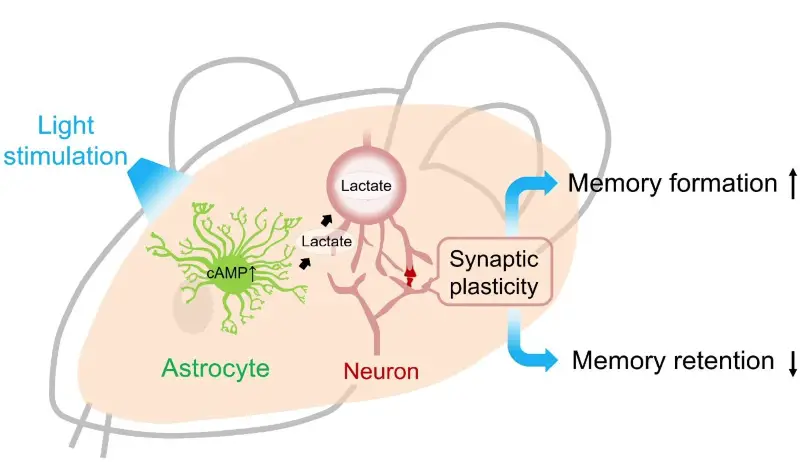
Synaptic Plasticity and Memory Formation
Eric Kandel’s most significant contribution to neuroscience is his elucidation of the molecular mechanisms underlying synaptic plasticity—the ability of synapses to strengthen or weaken over time, which is fundamental to learning and memory.
- Hebbian Theory Extension: Building on Donald Hebb’s theory that “cells that fire together wire together,” Kandel demonstrated how repetitive stimulation of neurons leads to long-term potentiation (LTP), a lasting enhancement in signal transmission between two neurons.
- Role of cAMP and CREB: Kandel identified the critical role of cyclic AMP (cAMP) and the cAMP response element-binding protein (CREB) in facilitating the transcription of genes necessary for the growth of new synaptic connections, thereby cementing long-term memories.
- Short-Term vs. Long-Term Memory: His research differentiated the molecular processes involved in short-term memory (mediated by transient changes in synaptic strength) from those involved in long-term memory (requiring gene expression and protein synthesis).
Image Source: www.u-tokyo.ac.jp
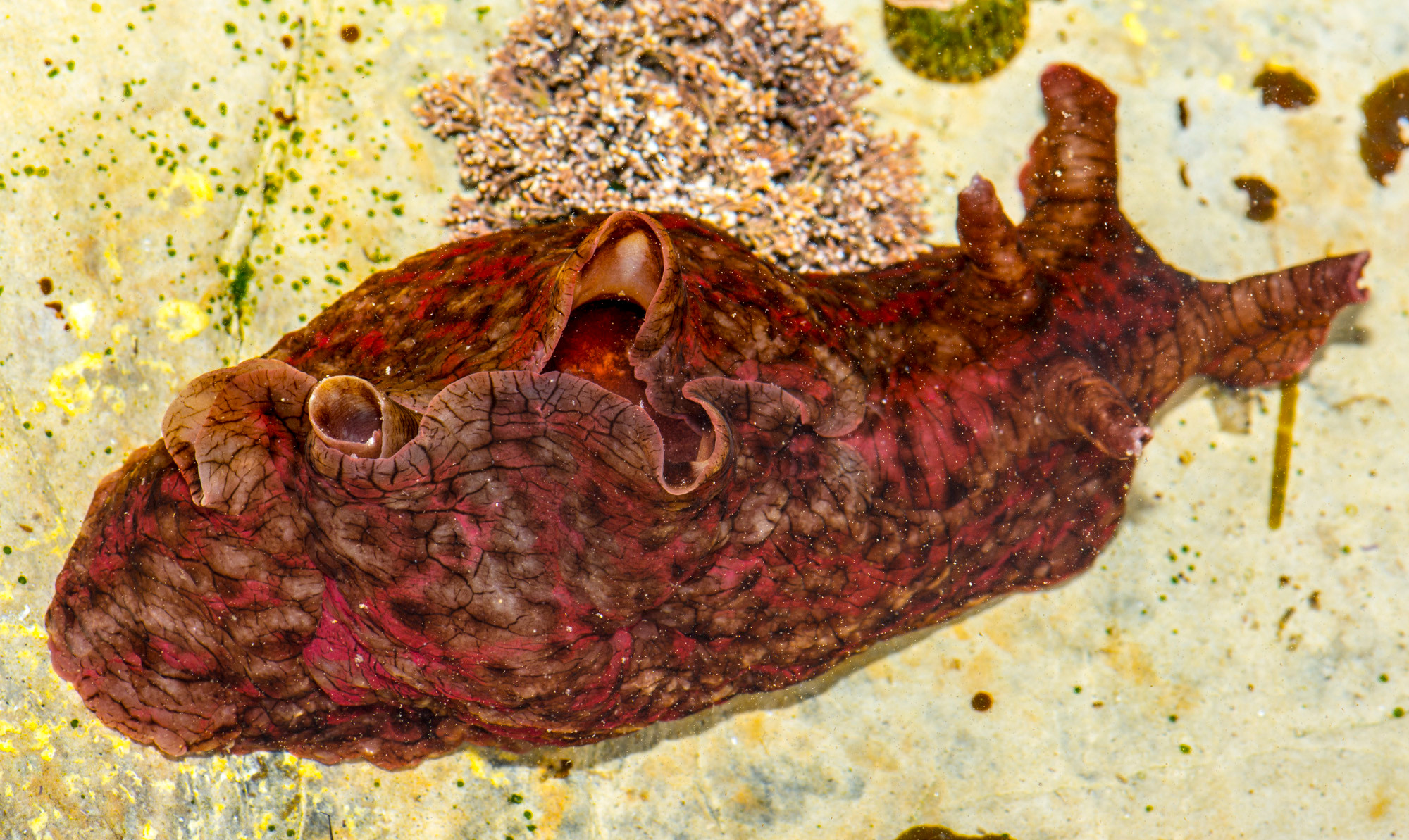
Research on Aplysia californica
Kandel’s choice of Aplysia californica, a simple sea slug, as a model organism was instrumental in his ability to study the fundamental processes of learning and memory.
- Simplified Neural Circuitry: Aplysia has a relatively simple nervous system with large, identifiable neurons, making it easier to observe and manipulate neural activity compared to more complex organisms.
- Behavioral Assays: Kandel developed behavioral assays, such as the gill withdrawal reflex, to study how learning and memory are encoded at the neuronal level in Aplysia.
- Discoveries in Sensitization and Habituation: His work demonstrated how sensitization (increased response to a stimulus) and habituation (decreased response to a repeated stimulus) are mediated by changes in synaptic strength, providing clear evidence for the cellular basis of these learning processes.
Image Source: DNA Zoo
Famous Books and Publications
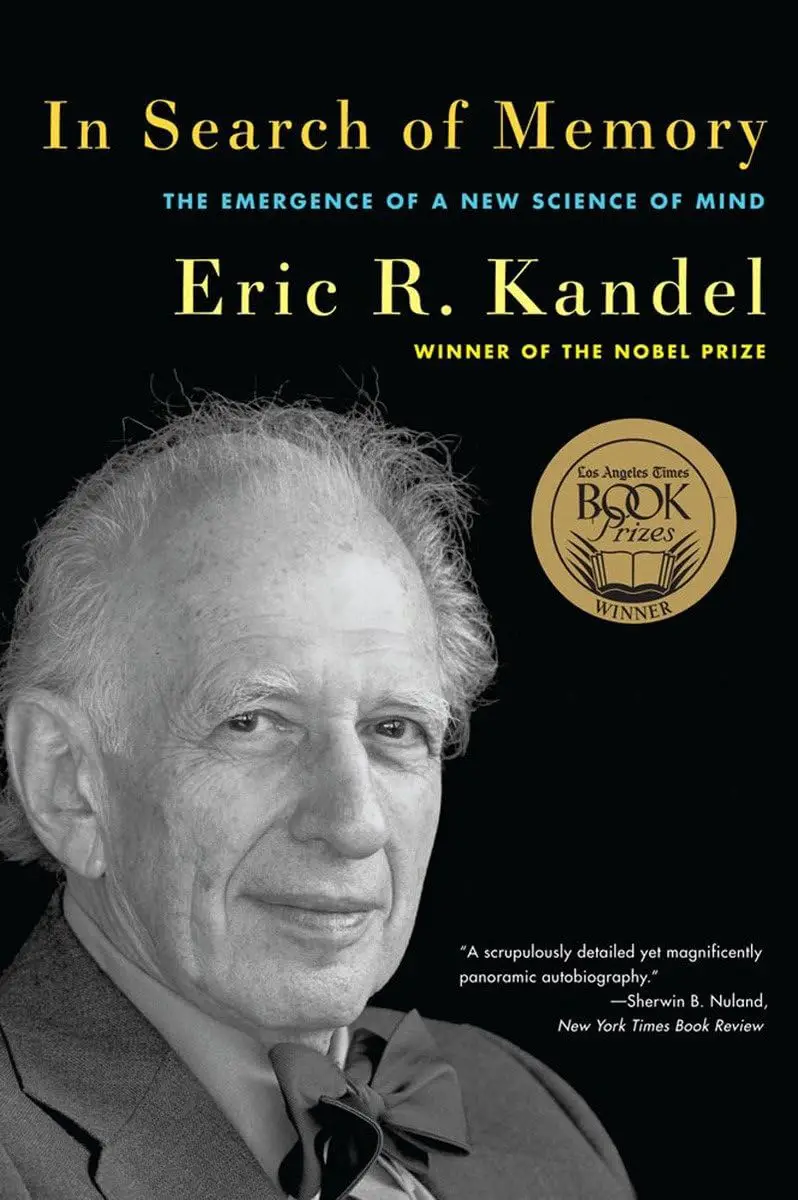
In Search For Memory: The Emergence of New Science of Mind
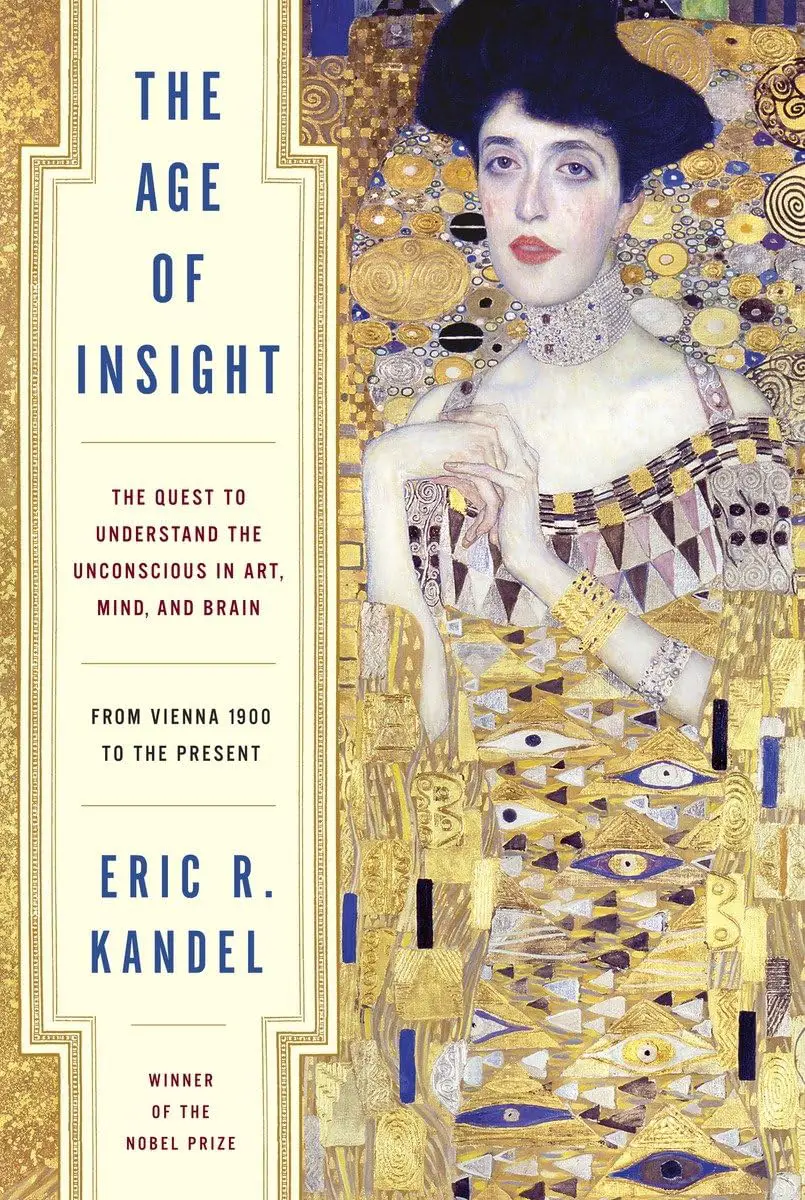
The Age of Insight: The Quest to Understand the Unconscious in Art, Mind, and Brain, from Vienna 1900 to the Present
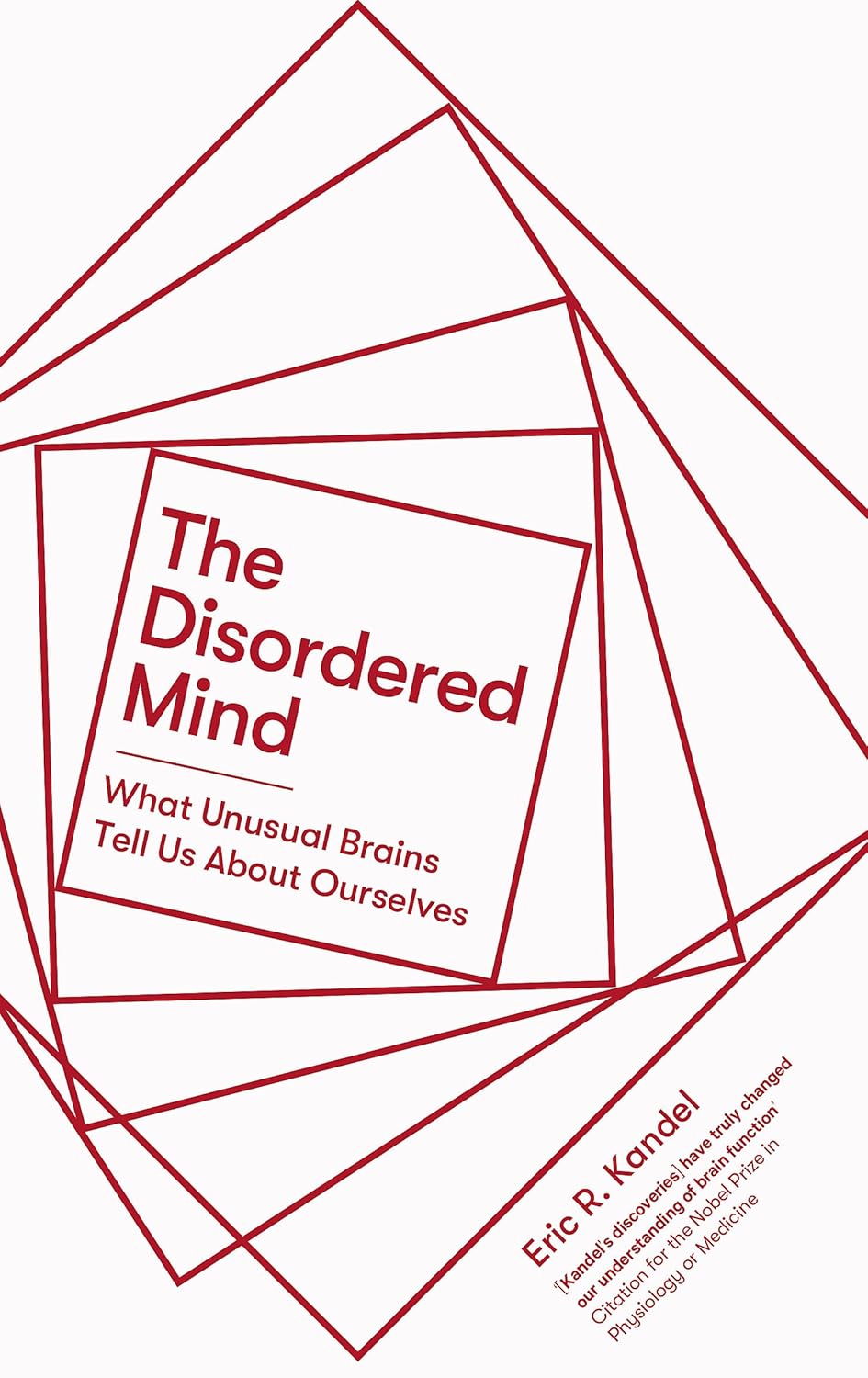
The Disordered Mind: What Unusual Brains Tell Us About Ourselves
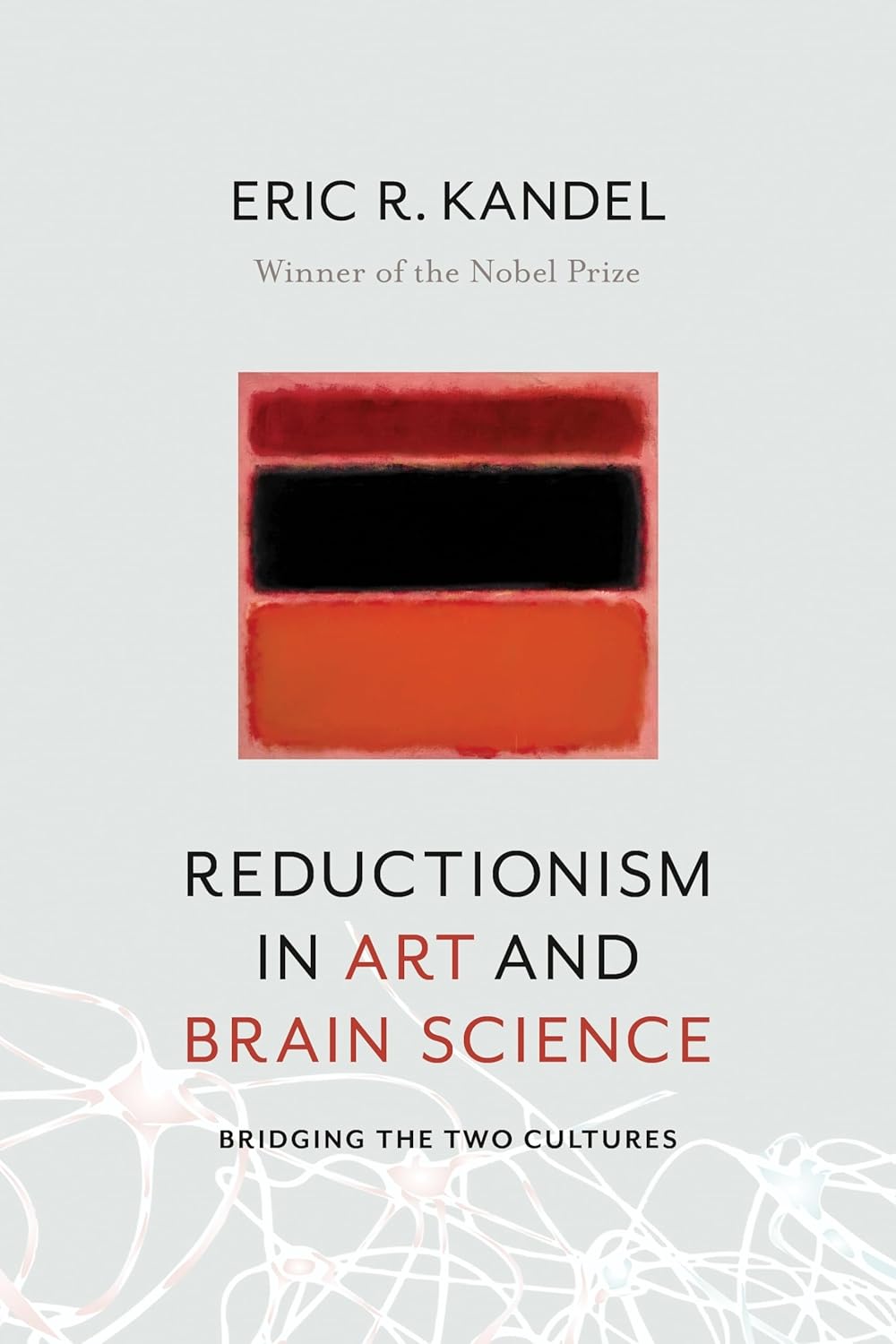
Reductionism in Art and Brain Science: Bridging the Two Cultures
Influence on Contemporary and Future Psychological Research
Eric Kandel’s theories and discoveries continue to shape the trajectory of contemporary psychological and neuroscientific research, inspiring new studies and applications across various domains:
- Memory and Learning Disorders: Kandel’s research into the molecular basis of memory has profoundly impacted the study of memory-related disorders, such as Alzheimer’s disease and other dementias. His work has paved the way for targeted therapies aimed at improving cognitive function by addressing the underlying molecular dysfunctions in memory storage.
- Neuroplasticity: Kandel’s findings on synaptic plasticity have expanded research into neuroplasticity, highlighting the brain’s remarkable ability to reorganize and adapt. This has significant implications for rehabilitating brain injuries, as it suggests new ways to promote recovery by leveraging the brain’s capacity for change.
- Cognitive Enhancers: The understanding of biological mechanisms underlying learning and memory has inspired research into cognitive enhancers. These interventions, whether pharmacological or behavioral, aim to improve cognitive functions, particularly in memory retention and learning efficiency.
- Educational Neuroscience: Kandel’s work has contributed to the burgeoning field of educational neuroscience, which applies insights from brain research to enhance educational practices. By understanding how memory and learning occur at the molecular level, educators can design more effective teaching strategies tailored to how the brain processes information.
- Artificial Intelligence and Machine Learning: Insights from Kandel’s work on how the brain learns and adapts have informed the development of artificial intelligence, especially in neural networks and adaptive learning algorithms. His research on memory formation has provided foundational knowledge for machine learning models that mimic cognitive processes.
Neuroscientists and Psychologists Influenced by Eric Kandel
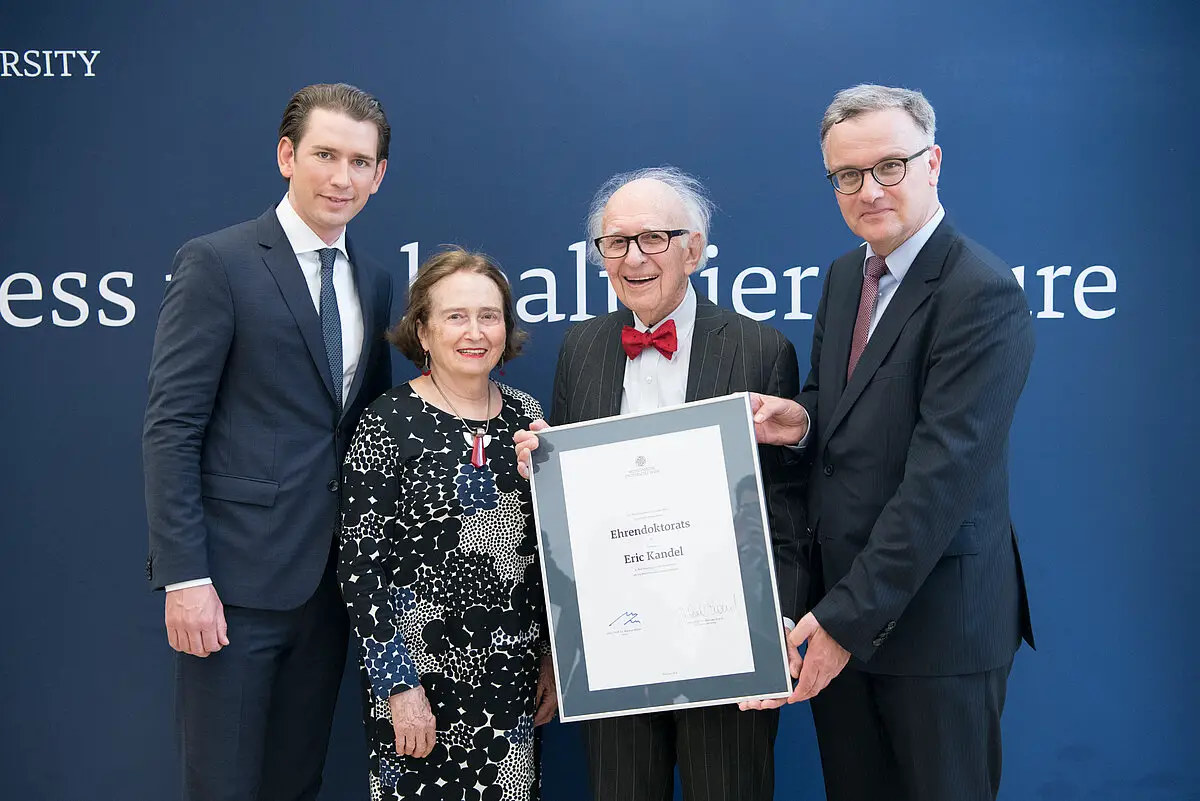
- James Schwartz: Co-author of “Principles of Neural Science,“ Schwartz has significantly contributed to expanding Kandel’s research by delving into the molecular underpinnings of neural behavior. His work emphasizes the role of synaptic plasticity in learning and memory, further enriching the understanding of neural mechanisms in cognition.
- Thomas Jessell: Collaborating with Kandel on “Principles of Neural Science,” Jessell has extended Kandel’s work into developmental neuroscience, particularly focusing on how neural circuits are formed and refined during development. His research into motor neuron development reflects Kandel’s influence on understanding neural organization.
- Nancy Kanwisher: As a cognitive neuroscientist specializing in visual perception and attention, Kanwisher’s work is deeply influenced by Kandel’s emphasis on the neural basis of cognitive processes. Her research highlights how specific brain regions are involved in processing complex visual stimuli, aligning with Kandel’s studies on brain function.
- Richard Axel: Nobel Laureate Richard Axel’s groundbreaking research on the olfactory system complements Kandel’s work on neural coding, with both focusing on how the brain processes sensory information. Axel’s findings in sensory processing are informed by Kandel’s explorations of memory and learning at the synaptic level.
- V.S. Ramachandran: Known for his innovative research on neuroplasticity and phantom limb syndrome, Ramachandran has drawn inspiration from Kandel’s studies on synaptic changes and memory formation. His work on the brain’s ability to reorganize itself echoes Kandel’s insights into neural adaptability and plasticity.
Impact on Psychology
- Influence on Modern Thought: Eric Kandel’s exploration of the molecular mechanisms underlying memory has significantly reshaped modern thought in neuroscience and psychology. His pioneering research demonstrates that memory is a dynamic process involving changes at the synaptic level, integrating genetics and molecular biology with cognitive functions. Kandel’s work has challenged the static view of memory, promoting a deeper understanding of the brain’s adaptability, neuroplasticity, and the biological foundations of learning and memory formation.
- Legacy and Recognition: Kandel has received numerous accolades for his transformative contributions, including the Nobel Prize in Physiology or Medicine (2000) for his groundbreaking discoveries on memory storage mechanisms in neurons. He was also awarded the prestigious Lasker Award for Basic Medical Research (2001) and the National Medal of Science (2002) for his continued influence on neuroscience. The Crafoord Prize in Neuroscience (2003) further highlights his international impact, alongside honorary degrees from leading academic institutions. His legacy endures through the integration of his theories into neuroscience education, research, and clinical applications, establishing his work as a foundation of modern cognitive neuroscience and psychology.
Conclusion
Eric Kandel’s pioneering work in neuroscience has had a profound and lasting impact on the understanding of learning and memory. By elucidating the molecular and cellular mechanisms that underpin synaptic plasticity, Kandel has provided invaluable insights into how memories are formed, stored, and retrieved. His innovative use of Aplysia californica as a model organism has revolutionized the study of the nervous system, paving the way for advancements in treating memory-related disorders and enhancing educational practices through neuroscience-informed strategies. Kandel’s dedication to scientific excellence, education, and public engagement has not only advanced academic knowledge but also fostered a greater appreciation for the complexities of the human brain. His enduring legacy as a Nobel Laureate and a leading figure in cognitive neuroscience ensures that his contributions will continue to influence the fields of psychology, neuroscience, and beyond for generations to come.
Bibliography
- Kandel, E. R. (2001). The Molecular Biology of Memory Storage: A Dialog Between Genes and Synapses. Bios Scientific Publishers.
- Kandel, E. R., Schwartz, J. H., & Jessell, T. M. (2000). Principles of Neural Science. McGraw-Hill.
- Kandel, E. R. (2006). In Search of Memory: The Emergence of a New Science of Mind. W.W. Norton & Company.
- Kandel, E. R. (2013). The Age of Insight: The Quest to Understand the Unconscious in Art, Mind, and Brain. Random House.
- Kandel, E. R., & Schwartz, J. H. (1978). The Mechanism of Synaptic Plasticity: Long-Term Potentiation in Aplysia. Academic Press.
- Kandel, E. R. (2012). “Memory: From Mind to Molecules”. Scientific American, March 2012.
- Kandel, E. R. (1998). “Neurobiological Mechanisms of Memory Storage: The Conceptual Framework”. Proceedings of the National Academy of Sciences, 95(14), 8164-8167.
- Kandel, E. R. (2001). “Memory: A Century of Science”. Neuron, 31(4), 581-592.
- Kandel, E. R. (2008). “The Biology of Memory: The Long and Winding Road”. Science, 320(5882), 877-878.
- Kandel, E. R. (2015). “The New Brain Science: A Century of Progress in Neuroscience”. Nature Neuroscience, 18(6), 812-817.
